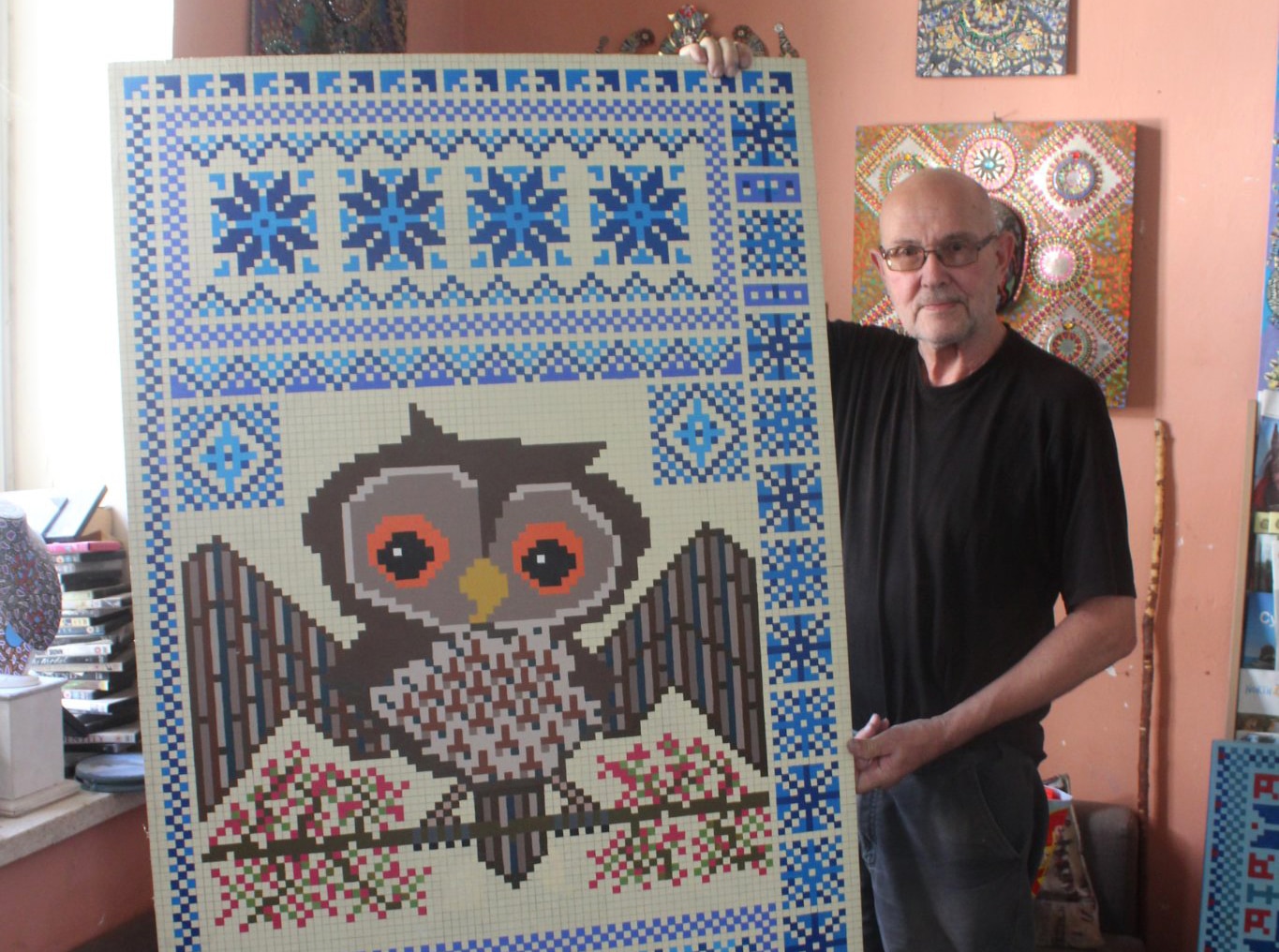By Martin Clark
As a child in 1963, I first became aware that all was not well with our beautiful planet. I know this sounds like rather a young age (I was six years old) to be concerned with wildlife but my passion for pictures, collecting and animals and birds was the reason. Friends and family likened me to a young Gerry Durrell!
The Brooke Bond PG Tips tea cards were one of the reasons for my new awareness. When I was a kid everybody collected them and our thirst for knowledge was very great. If you got duplicates, you swapped them in the school yard. The series “Wildlife in Danger” was presented by Sir Peter Scott (September 14, 1909– August 29, 1989).
He was a famous British ornithologist, conservationist, painter, naval officer, broadcaster and sportsman. He established the Wildfowl & Wetlands Trust at Slimbridge in 1946 and helped to set up the World Wide Fund for Nature – he also designed the logo. Of course he was a pioneer in nature conservation but he was also very astute, realising the need to use art to promote nature and to target young people to push home strong messages.
Art has certainly developed a lot since 1963, and it is perhaps even more able to pass on messages about the need for action, through advanced graphics which can be much more effective than text.
Regarding the nature and wildlife of the beautiful island of Cyprus, the country is facing environmental challenges due to climate change – hotter, drier, less rain and snow – and development. The changes are best seen over a long-term view (50 years or so). If we only think back one, two, three years, we know of wet winters and full water dams and it makes us complacent.
In the mountain villages of Lefkara and Kato Drys, we use art as a way to pass on environmental and cultural messages. In 2022 we received our first class of art and environmental students under the “Alan Turing Scheme”, which is what replaces “Erasmus Plus” now the UK has left Europe. Their project is named “PEATS” (Placement in Environmental, Archaeological and Traditional Skills) and lasts 32 days.
We decided to create textile patterns incorporating features of ‘Lefkara Lace’ or ‘Lefkaritika’ but select ‘wildlife in danger’ as a theme. Resident artist Peter Bird (formerly of the Cyprus College of Art) is a fine line painter and his complex fine line style lends itself very well to upscaling textile patterns.
Our students began to arrive and we gave them a list of animal, bird and insect species threatened by climate change. Through discussions and visits, we added to the list. With local action group ΓιαΤα Λεύκαρα (For Lefkara) we selected a place to display the finished pieces. Then, the painstaking artistic process began, first creating a 1cm x 1cm grid on plywood boards, then designing the images of turtles, mouflon, lady birds, chameleons, red foxes. The common factor was that numbers of the creatures were lower than before and climate change was partially responsible.
Peter is a very patient teacher and showed students Elisha and Jemma how to cut down their brushes, mix paints and create textures through colour – all without abandoning some textile pattern principles, for example of symmetry. As might be expected, IT savvy students also had their own input, using apps to overlay real images and then sampling real colours to the squares of the pattern. When we first started working with Lefkara and Kato Drys based pleumistras (lace makers) around 15 years ago, they refused to deviate from the cream, white, brown and ecru.
The finished panels are now installed to cover blank windows in the Pano Lefkara carpark. Another request to create planters with mosaic, allowed us to keep the theme going, each mosaic panel showing an animal or bird threatened by climate change.
The project is ongoing, For Lefkara ordered another six mosaic planters and seven Lefkaritika-inspired panels, all in the hope of capturing the interest of locals and visitors and informing them that damaging the environment is reducing the diversity of creatures sharing our planet.
Martin Clark (a professional forester and land manager) is director of Grampus Heritage & Training, the UK’s most successful EU wide vocational training organisation, with 26 years’ experience









Click here to change your cookie preferences